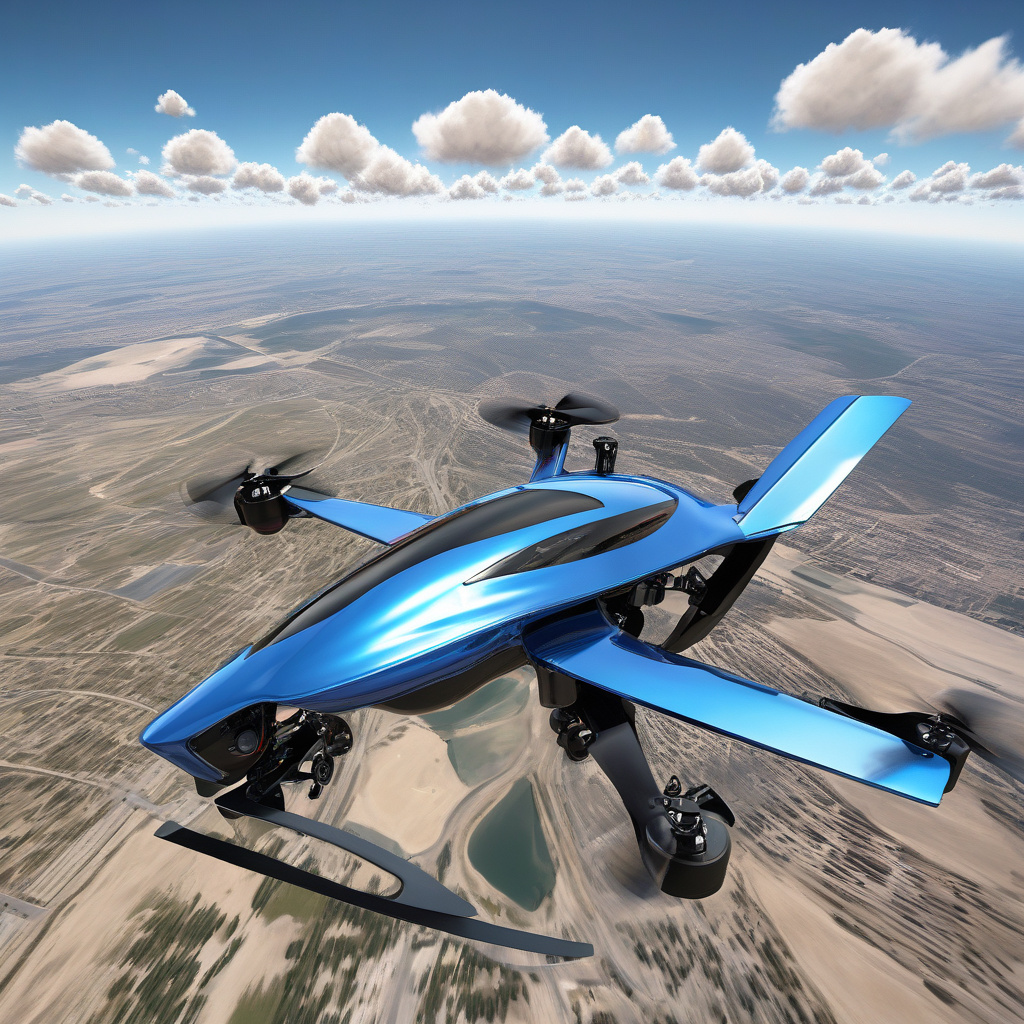China Claims Its FPV Drone Algorithm Can Beat Best Pilots in Aerobatic Manoeuvres
Chinese researchers have allegedly developed a new algorithm that lets first-person-view (FPV) drones perform autonomous aerobatic manoeuvres with a level of precision and skill that can outmatch even the most experienced human pilots. This groundbreaking technology represents a significant leap forward in the field of drone automation and artificial intelligence, pushing the boundaries of what these machines are capable of achieving.
The algorithm, developed by a team from the Chinese Academy of Sciences, leverages advanced machine learning techniques to enable FPV drones to execute complex aerial stunts with unparalleled accuracy and grace. By analyzing real-time data from onboard sensors and cameras, the algorithm can make split-second adjustments to the drone’s flight path, allowing it to perform intricate manoeuvres such as flips, rolls, and spins with extraordinary fluidity.
One of the key advantages of this new algorithm is its ability to adapt and learn from each flight, continuously improving the drone’s performance over time. By leveraging reinforcement learning, a form of machine learning that uses trial and error to achieve optimal results, the algorithm can refine its strategies and techniques with each aerobatic routine, ultimately surpassing the capabilities of even the most skilled human pilots.
In a series of test flights, the FPV drone equipped with the new algorithm reportedly outperformed several professional aerobatic pilots in a variety of challenging manoeuvres. From precision loops to inverted rolls, the drone demonstrated a level of precision and consistency that impressed onlookers and experts alike. Its ability to maintain stable flight even during high-speed turns and sudden changes in direction showcased the advanced capabilities of the algorithm and its potential impact on the world of aerobatic drone racing.
Beyond its applications in recreational drone sports, the technology developed by the Chinese researchers has the potential to revolutionize industries such as aerial cinematography, search and rescue operations, and environmental monitoring. The ability of FPV drones to autonomously navigate complex environments and perform precise manoeuvres could open up new possibilities for tasks that require agility, speed, and accuracy beyond human capabilities.
As the global drone market continues to expand and evolve, innovations like the FPV drone algorithm developed in China are poised to shape the future of autonomous flight. By pushing the boundaries of what is possible with drone technology, researchers and engineers are paving the way for a new era of innovation and discovery in the skies above us.
In conclusion, China’s advancements in FPV drone technology underscore the country’s commitment to pushing the boundaries of innovation and AI in the field of autonomous flight. With the development of this groundbreaking algorithm, Chinese researchers have demonstrated the potential of drones to perform aerobatic manoeuvres with a level of precision and skill that rivals, and even surpasses, that of human pilots. As these technologies continue to mature and evolve, the possibilities for autonomous flight are truly limitless.
#China, #FPVdrone, #Algorithm, #AerobaticManoeuvres, #Innovation











